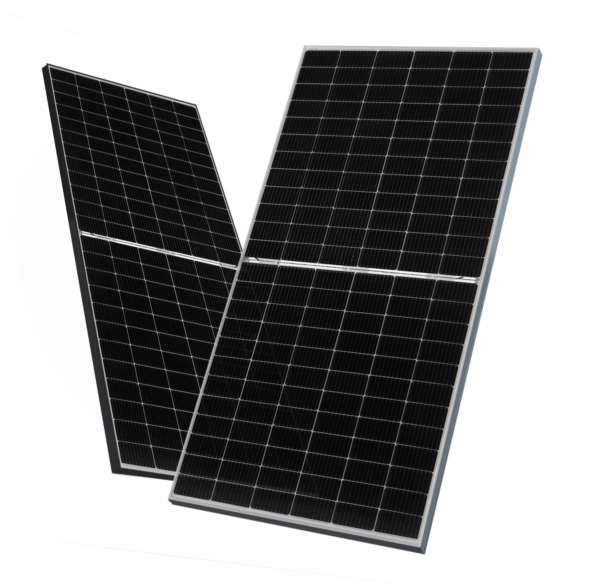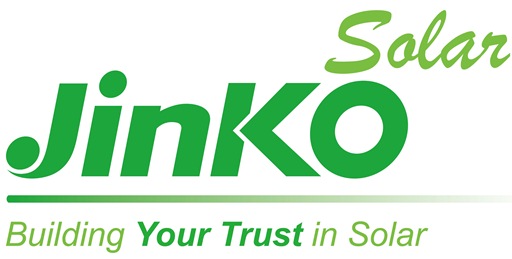Much has been written lately about the production of n-type tunnel oxide passivated contact (TOPCon) solar cells, which in 2022 are set to become the first n-type cell technology seen in large, gigawatt-scale production.
The solar cells achieve higher efficiency than today’s standard PERC technology, thanks to better passivation and conductivity. JinkoSolar’s in-house developed TOPCon processing, “HOT 2.0” deposits a tunneling oxide layer and a carrier-selective microcrystalline silicon film on the rear side of the cell, which serves to improve passivation and conductivity while reducing sub-surface recombination. With this approach, JinkoSolar can already achieve cell efficiencies up to 25.4%, and an upper limit of 28.7% leaves plenty of room for improvements over the coming years.
Beyond efficiency, n-type cells also promise improvements in long-term performance, bifaciality, and high-temperature performance that all add up to more energy, a lower levelized cost of electricity, and a faster return on investment. With challenges in processing TOPCon cells resolved and modules ready to roll off the production line, the industry is keen to see whether all of the reported advantages will play out in the field. And with the Tiger Neo module, JinkoSolar is ready to demonstrate that they do.
Warranty
Light-induced degradation and light elevated temperature induced degradation have been major challenges for p-type products, and still cause some level of performance loss in PERC modules being produced today. N-type’s inherently lower susceptibility to both mechanisms means lower degradation and a higher energy yield over the product lifetime.

For the Tiger Neo module, JinkoSolar calculates first-year degradation at 1%, and annual linear degradation thereafter at 0.4% – representing a 100% improvement to the first-year figure, and 37.5% on the linear degradation figure – compared to typical PERC figures of 2% first-year degradation and 0.55% annually. Taking a 100MW power station as an example, JinkoSolar calculates that with an average annual power generation of 168 million kWh/year, the TOPCon modules’ lower degradation would lead to an additional 16.8 million kWh generated in the first year, and an extra 61.5 million kWh over a 25-year project lifetime.
These degradation rates are covered by a 30-year linear warranty as well as a 12-year product warranty, meaning the Tiger Neo will retain at least 87.4% of its initial performance after 30 years in the field.
More from our partners
Yield gains
With module efficiencies of up to 22.3%, and module power outputs up to 620 W, JinkoSolar estimates that the Tiger Neo will generate up to 9% additional electricity than PERC modules over the same installation area.
And there’s more to it than just efficiency gains. With a temperature coefficient of -0.30%/°C, compared to a typical value of -0.35%/°C for p-type PERC, there are lower performance losses in high-temperature conditions. Based on a 100MW installation and a surface temperature of 40 C, Jinko calculated that the difference in temperature coefficient would lead to a 1.3 million kWh/year advantage for the Tiger Neo over p-type modules. Further, for the bifacial products in the Tiger Neo series, the company estimates a bifaciality factor of 85%, compared to 70% for p-type, which would create a 3.4 million kWh/year advantage for the n-type product, again based on a 100MW installation using trackers.
While many of the earliest projects to incorporate n-type modules have targeted hot, arid climates to best take advantage of the better temperature coefficient, Jinko also notes that the increased bifaciality of the Tiger Neo also makes it a better choice for snowy regions – since it can better take advantage of the high reflectivity and generate more power while the front side is temporarily covered.
Lower LCOE
These and other advantages, for example keeping the module width below 1.2 meters so that it can be carried by a single installer, translate to a lower levelized cost of electricity, which Jinko has been able to demonstrate in projects from small residential and commercial rooftops all the way up to power plants in the hundred-megawatt range.
Analyzing a 30kW rooftop project in Liaocheng, China, Jinko first found that by requiring fewer modules to reach the planned capacity, the initial cost for the installation was reduced by around CNY 2500 ($395) and that compared to a similar system with p-type modules, the rooftop would generate an additional 2-5 kWh per day depending on the climate, amounting to 18,222 kWh over a 20-year lifetime. And for a larger commercial rooftop, a 500kW installation in Hebei Province, China, Jinko’s analysis found that the Tiger Neo’s bifacial advantage could lead to a 21% increase in rear side generation, allowing the system owner to reach payback in just three years.
The advantage plays out in the large-scale sector as well, according to JinkoSolar’s calculations: Analysis of a two-in-portrait tracker project in Saudi Arabia showed that compared to a 60-cell, p-type module incorporating 210mm cells, the Tiger Neo would achieve a 2.8% reduction in BOS costs and a 6.2% reduction in LCOE. For a larger, 66 cell module incorporating the same technologies, the Tiger NEO still retains a 0.40% advantage in BOS costs and a 4.94% reduction in LCOE over the lifetime of the project.
This content is protected by copyright and may not be reused. If you want to cooperate with us and would like to reuse some of our content, please contact: editors@pv-magazine.com.



1 comment
By submitting this form you agree to pv magazine using your data for the purposes of publishing your comment.
Your personal data will only be disclosed or otherwise transmitted to third parties for the purposes of spam filtering or if this is necessary for technical maintenance of the website. Any other transfer to third parties will not take place unless this is justified on the basis of applicable data protection regulations or if pv magazine is legally obliged to do so.
You may revoke this consent at any time with effect for the future, in which case your personal data will be deleted immediately. Otherwise, your data will be deleted if pv magazine has processed your request or the purpose of data storage is fulfilled.
Further information on data privacy can be found in our Data Protection Policy.